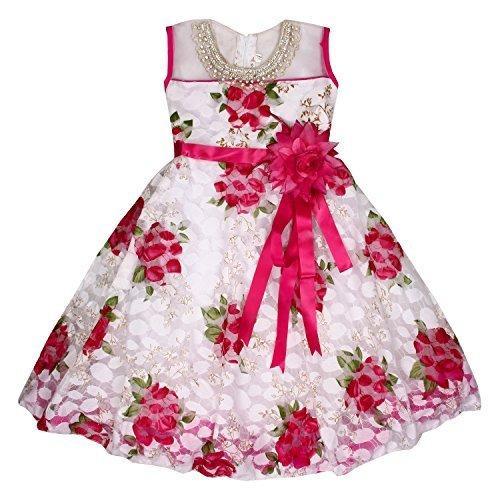17 Beautiful Vegan Designer Bags To Add To Your Collection
To start, it’s comparably more lightweight compared to real leather. It’s also more resistant to sunlight which is why it’s also often preferred when making shoes, furniture, and car seat covers. Unlike real leather that will soften and show signs of wear more easily over the years, vegan leather will maintain its look for a far longer time.
The main downside of PU leather is that unfortunately like all plastics, it takes hundreds of years to decompose into the earth, and for this reason, it’s not a sustainable material.
The Benefits of Using Vegan Leather
1. It’s Cruelty-Free
The most obvious and important benefit of vegan leather is that it doesn’t involve harming animals. There are many companies nowadays that are starting to make a shift when it comes to how they manufacture their products.
Since almost everything we do causes a direct impact on our environment, many people – whether they’re consumers or producers – are putting in more effort to decrease the use of animal products and adapt something that is more humane.
2. It’s Cheaper
Vegan leather is cheaper to produce because it’s easier to manufacture compared to real leather. It also comes in various textures and different shades of colors. If you’re a brand designer, you can even request how you want your vegan leather to look and feel.
3. It’s More Durable
When it comes to durability, you can expect vegan leather bags to last you a very long time. Like most plastics, vegan leather has been specifically constructed to be tough and long-lasting, so it will not crack or wear down easily.
On the downside, vegan leather is not as stretchy or flexible as real leather.
Vegan Leather vs. Faux Leather
The major difference between these two types of “leather” is based on what they are made of. Vegan leather is primarily made from polyurethane which is a type of plastic that can mimic real leather – without harming any animals.























